On the first Saturday of every month, a book is chosen as a starting point and linked to six other books to form a chain. Readers and bloggers are invited to join in by creating their own ‘chain’ leading from the selected book.
Kate: Books are my Favourite and Best
This month’s Six Degrees of Separation Challenge invites us to start with a favourite Lonely Planet travel guide. I rarely use physical guide books any more, but one old friend I won’t be parted from, even though I’m unlikely to travel there again is their guide to South India. This was my bible when, newly retired, I spent a month there, largely solo, in 2007. My travels there began my blogging career, though on a different platform.
I’m taking an easy option for this month’s post. I’m whizzing us to six different countries or regions via a book set in each of them.
We’ll start not in Asia, but in Africa: Nigeria. Blessings, by Chukwuebuka Ibeh. Obiefuna is the elder son of a couple who had long waited for a child. He’s doing well at school, but isn’t the football-playing, loud and gregarious lad his parents expected. The arrival of a live-in apprentice arouses unexpected feelings in the boy, and his father catches them heading towards an intimate moment. We follow Obiefuna’s adolescence as he’s banished to a strict Christian seminary. We watch him grow into young adulthood where his homosexuality is always a source of shame, even danger in Nigeria’s deeply homophobic society. Obiefuna is a sensitively drawn and rounded character, whose future is uncertain as the novel ends. A compassionate, understated and beautifully written book.
I’ve chosen Happiness Falls by Angie Kim, because this too has a young person as its main protagonist, but her family, besides being American, is also of South Korean heritage. This story, ‘narrated’ by Korean-American Mia is hard to categorise. A young adult, she lives with her parents, her twin brother John and her younger brother Eugene who is both autistic and a sufferer from a rare genetic disorder, Angelman syndrome which leaves him unable to communicate verbally, and with severe motor control difficulties. Mia is very bright, intense, prone to careful analysis and scattering her writing with footnotes. She recounts the family drama in which her father disappears while in the park with Eugene, who arrives home bloodied and distressed. What’s happened? It’s complex, high octane stuff. And while I probably wouldn’t survive for ten minutes in Mia’s company face to face, she’s an engaging, thoughtful narrator with a passion for forensic detail and analysis. Provocative, heartfelt, compelling.
Another book with a family drama at its heart is by the Swedish author Alex Schulman (transl. Rachel Wilson): Malma Station. This was a book I had to finish and stand back from before I could appreciate it. Three sets of people are on a train heading towards Malma. We begin to learn their stories. And we begin to realise that these three sets are not travelling at the same time – years separate them. Yet these sets- father-daughter; wife-husband; daughter are all related. And the story slowly unfolds of how damaged they each are, and how this damage has passed – multiplied even – from one generation to another. It’s a tough, emotional read, with unlikeable characters whom we slowly begin to understand.
A story about a woman who’s a cemetery keeper in France – yes really – is a complicated family drama too. Fresh Water for Flowers, by Valérie Perrin (transl. Hildegarde Serle). Violette Toussaint had a childhood passed from foster-carer to foster-carer. Illiterate as a young adult, she taught herself to become a skilled reader. She married the sexiest man around, and had an unhappy marriage. The couple were level crossing keepers for many years, then they – and ultimately only she – became a cemetery keeper in the Bourgogne. It’s here that she gets over the tragedy that befell her, and finds friendship and meaning in life. There is a complex web of characters to become immersed in – or not. I think I’ll have to read it again, as I didn’t enjoy this book as much as its many devoted readers.
Now to another woman with a difficult life. Restless Dolly Maunder by Kate Grenville. Another work of fiction? Not quite. Dolly was born in the 1880s, at a time when women knew their place and had to stay there. But during Dolly’s life time, with two world wars forming part of it, things began to change. Enough to make her dissatisfied with her lot. But by sheer hard work and cussedness, she got herself and her husband on in life. It didn’t make her as easy person to get along with. Dolly was Kate’s grandmother, and this book is heavily based on the known facts of her life. An interesting exploration of the life of a woman during a period of huge evolution and change, written with sympathy and some understanding of a somewhat bitter, difficult individual.
Finally, another story – a true one – of a woman with a difficult challenge. Austrian Christiane Ritter wrote an account of her year in the Arctic in A Woman in the Polar Night (transl. Jane Degras).In 1934, Ritter, a painter, left her ordinary life with a teenage daughter to join her husband in his life as trapper in Arctic Spitsbergen. It turns out to be as cold and inhospitable as we all imagine, and twice as primitive. Seals have to be caught and processed: birds too, and these fatty unfamiliar meats form much of their diet. Husband and Norwegian friend and housemate are often out trapping, looking for animals whose fur they will sell. That’s enough to tell you what much of this book is about. It’s tough in this unforgiving climate. But it’s beautiful too, and Ritter dwells on this. Straightforwardly yet engagingly written, this book offers an insight into the strange world which she chooses for a year to inhabit, and leaves reluctantly.
I wouldn’t presume to connect my experiences in India with Ritter’s in the Arctic, but being a woman travelling often alone is what links us. The advantage I had was in owning a guide book. The Lonely Planet Guide to the Arctic wasn’t available then.
And next month? Our chain will begin with Stella Prize 2024’s long listed The Anniversary, by Stephanie Bishop.
All my illustrations this month, apart from the Indian photo, which is my own, come from Pexels. With thanks to the photographers Emmanuel Slope, Kindel Media, Koolshooters, Efrem Efre, Pat Whelen & Kristaps Ungurs.














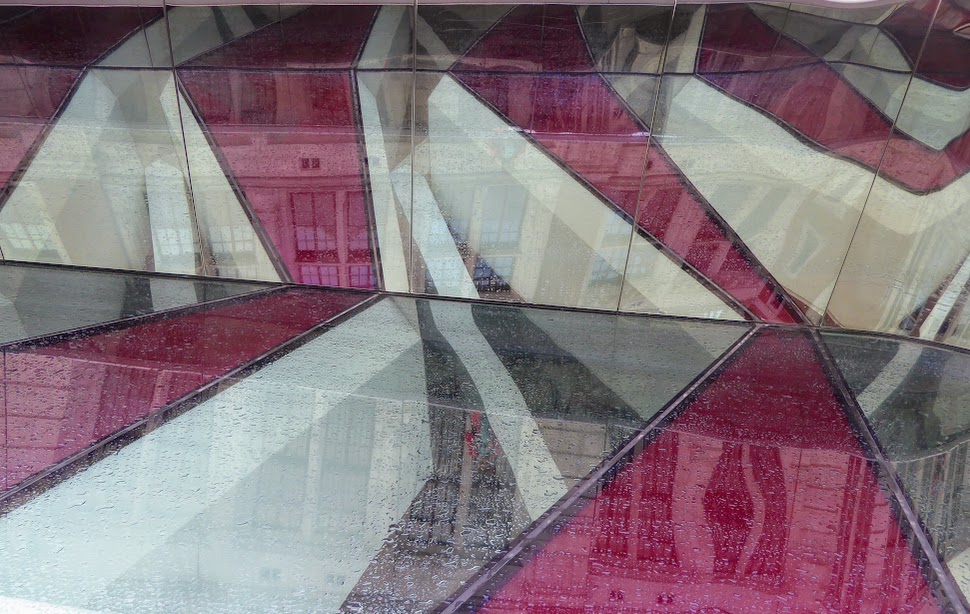





























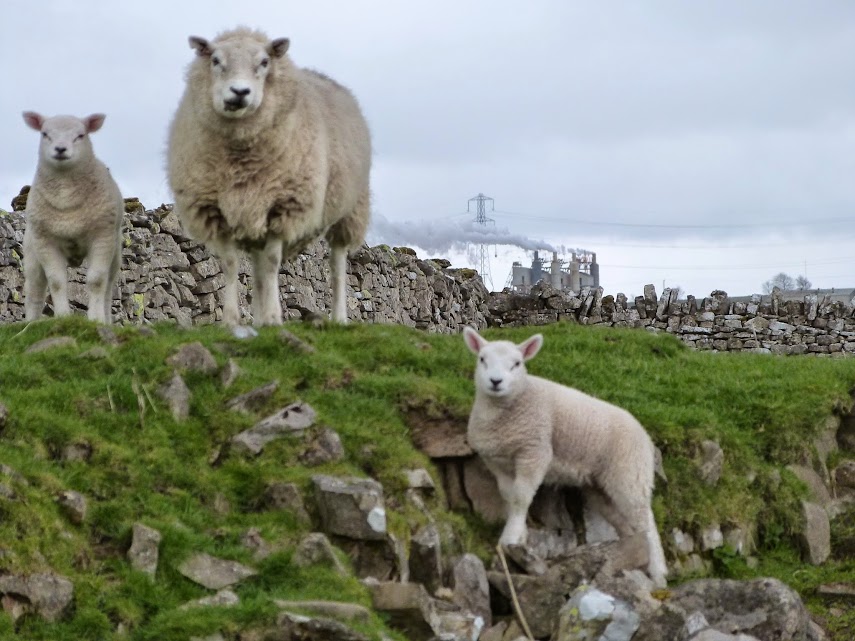




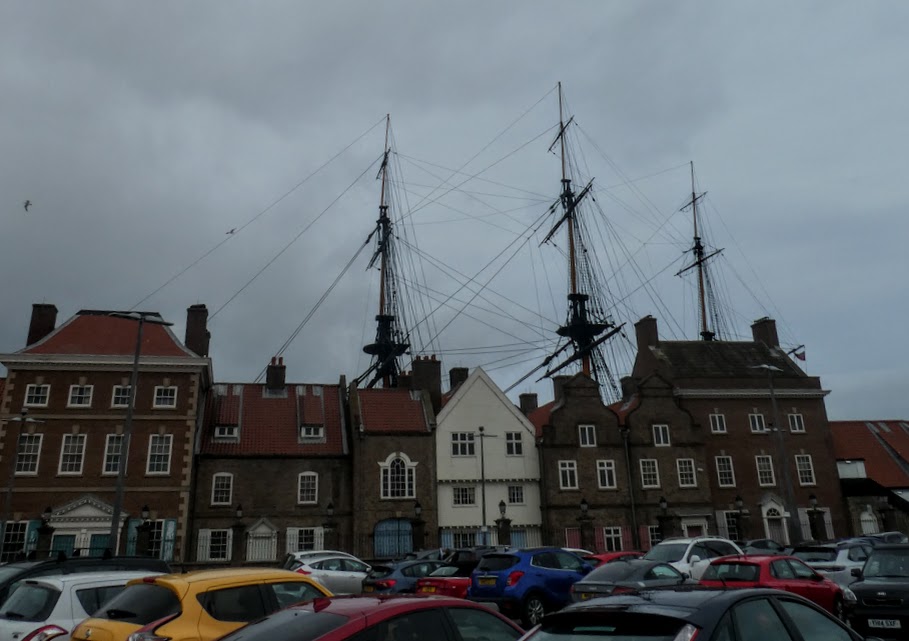
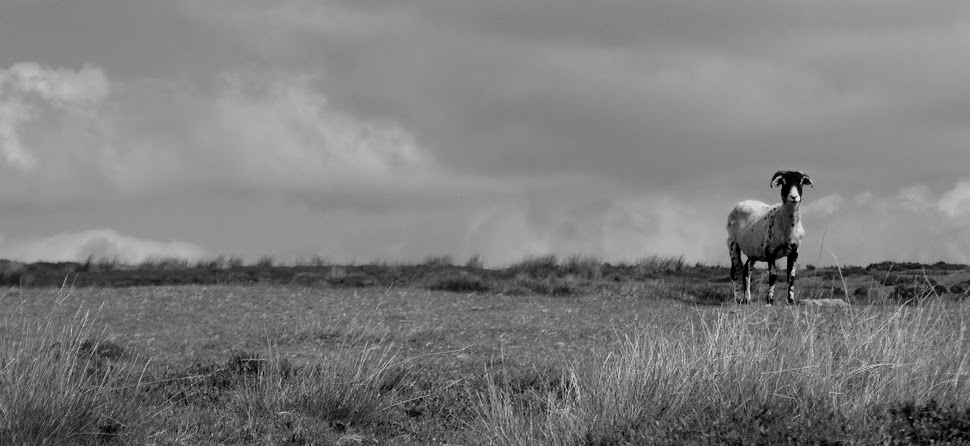









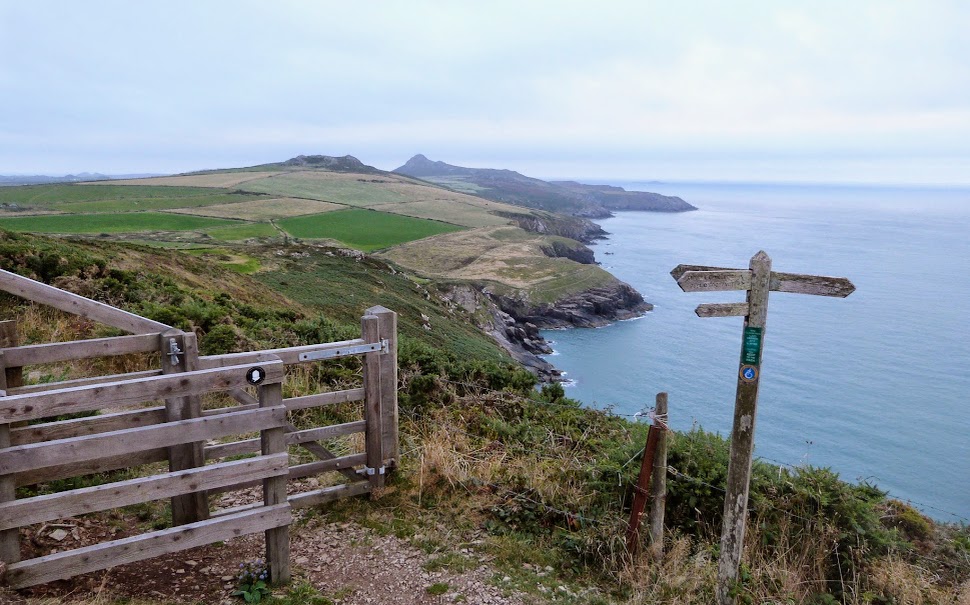




















You must be logged in to post a comment.